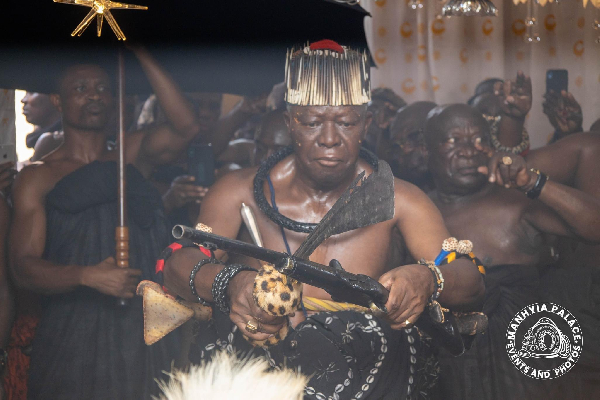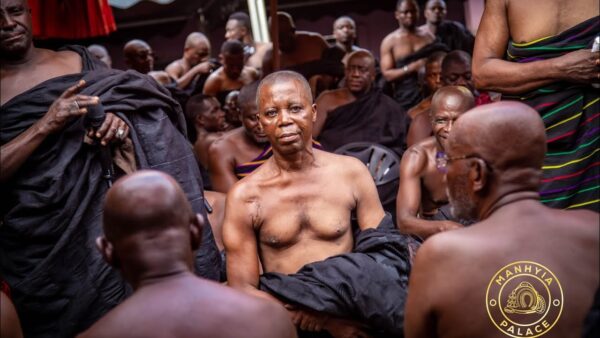- Dr Agyarko Opoku, historian and Medical Director at Suntreso, has clarified a unique Ashanti royal protocol observed during the Asantehemaa’s funeral rites.
- Once Otumfuo Osei Tutu II is seated at any durbar or ceremony, no other chief is permitted to enter—except the Juabenhene and Akyempemhene.
- The Juabenhene, as Abakomanhene and second-in-command of the Oyoko royal family, plays a vital role in managing family affairs in Otumfuo’s absence.
- When Juabenhene is not in Kumasi, the Oyokohene assumes his responsibilities.
- The Akyempemhene, son of the Asantehene and Kyidomhene, is the last to leave any event Otumfuo attends, ensuring all matters are settled before departure.
- These customs reflect the deep structure and symbolism embedded in Ashanti royal tradition.
As the final rites of the late Asantehemaa, Nana Konadu Yiadom III, unfolded in Kumasi, a moment of cultural precision caught the attention of many observers: once Otumfuo Osei Tutu II was seated, no other chief entered the ceremony—except two. That exception, steeped in centuries of Ashanti tradition, was explained by Dr Agyarko Opoku, historian and Medical Director at Suntreso, during an interview with Channel One TV.
According to Dr Opoku, the Juabenhene holds a unique position within the Oyoko royal lineage. As Abakomanhene, he is second-in-command in matters concerning the royal family—not the entire Asanteman, but the Oyoko clan specifically. His role becomes critical when Otumfuo is absent, as he is the one informed and entrusted to oversee family affairs and ensure that protocols are upheld.
This explains why, even after Otumfuo is seated—the final act that signals the start of any royal function—the Juabenhene is permitted to enter. His arrival is symbolic, not disruptive, and signals that the Oyoko family’s internal matters are in order.
In Kumasi, when the Juabenhene is not present, the Oyokohene steps in to fulfill these duties. However, once the Juabenhene returns, he resumes his traditional role, and the Oyokohene steps aside.
The second exception is the Akyempemhene, who is the son of the Asantehene and serves as Kyidomhene—the chief responsible for the rear guard. His role is equally symbolic and strategic: he is the last to leave any function attended by Otumfuo, ensuring that all matters are concluded and that the Asantehene has safely departed.
These customs, observed during the Asantehemaa’s burial rites, offer a glimpse into the layered hierarchy and ceremonial discipline that define Ashanti royal culture. They are not mere formalities—they are expressions of lineage, loyalty, and the sacred order that governs Asanteman.
Watch the video below:



